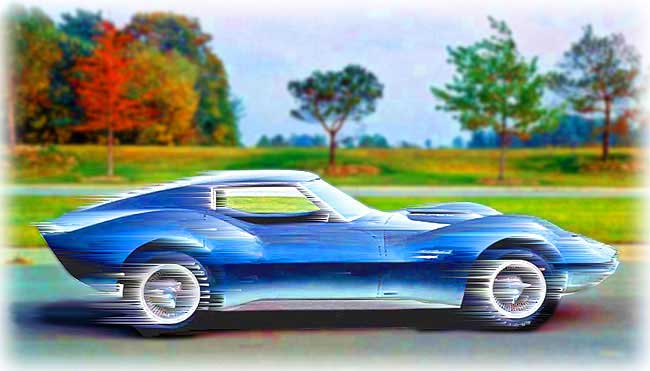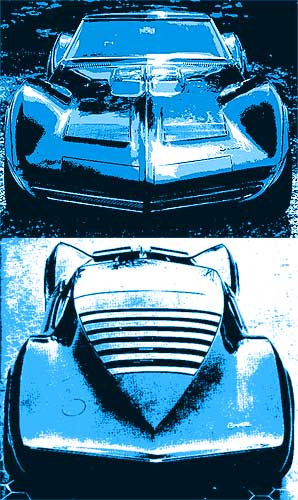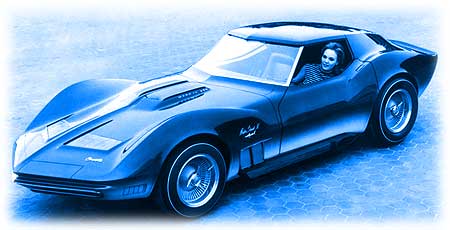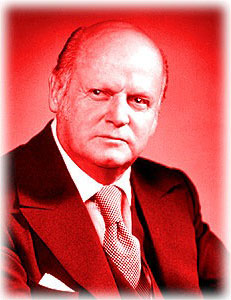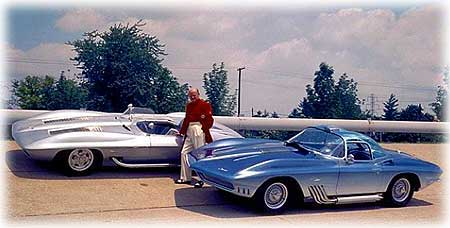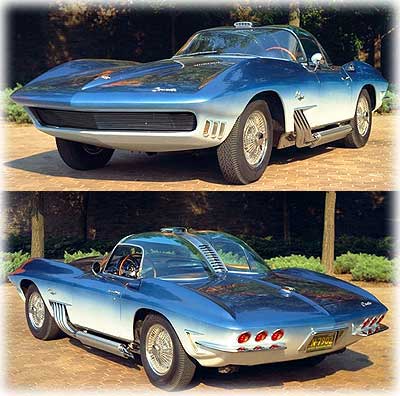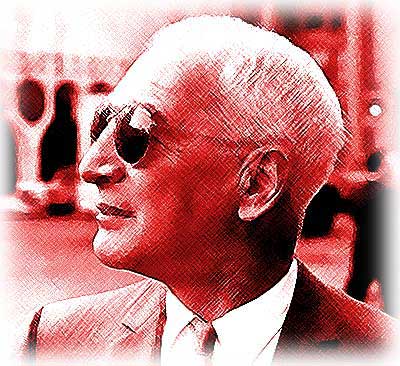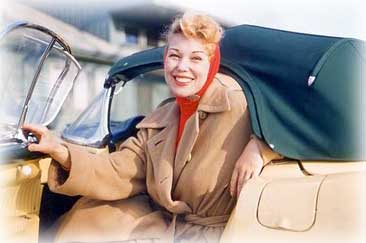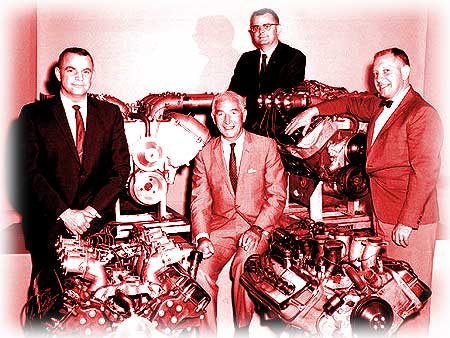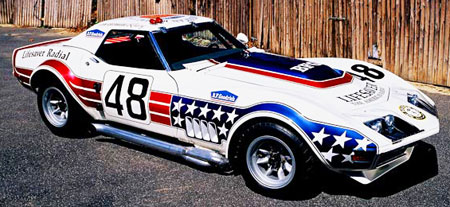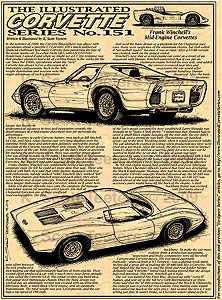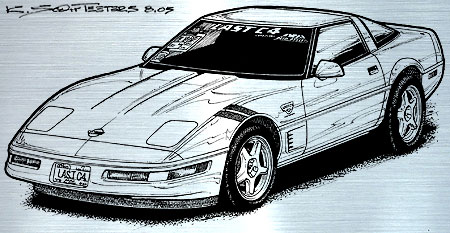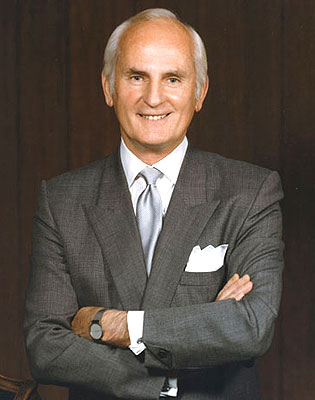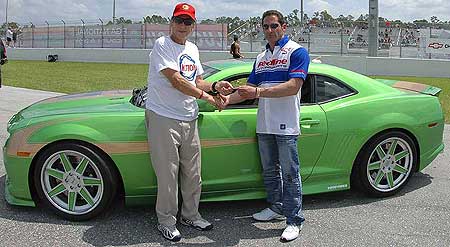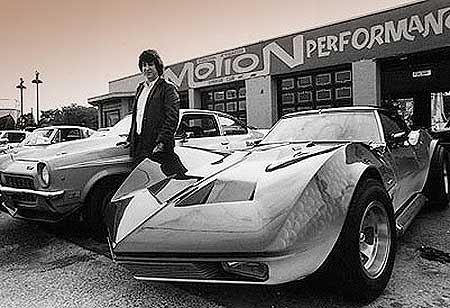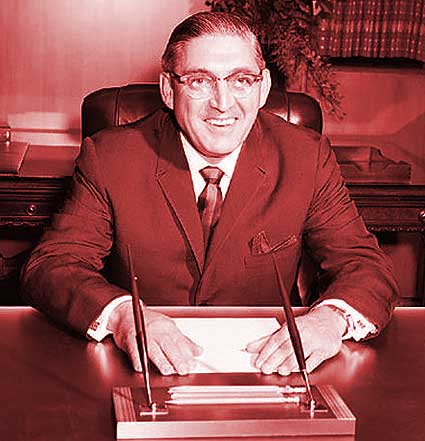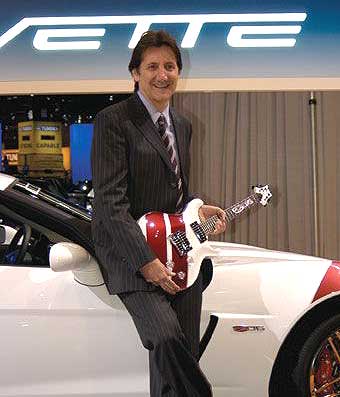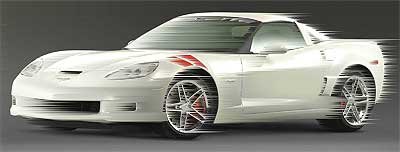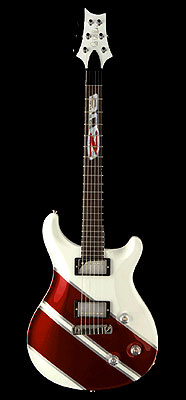Dateline: 1.4.12
The Non-running Mako Shark-II totally jazzed GM’s management, the RUNNING Mako Shark-II was mind-blowing!
While the non-running Mako Shark-II was dropping jaws at the ‘65 New York Auto Show, there was one major project and one minor project in the works within the Corvette design group. The engineers and stylists were jam’n trying to figure out how to translate the show cars body shape to fit into a car that could be mass produced. What perhaps looked like a no-brainer turned out to be not so easy.
Even though the new production Corvette would use the existing frame, suspension, engine/transmission, and drive train from the then-current Sting Ray, getting everything to fit within an even tighter package was a major challenge. There were issues with front and rear bumper requirements, headlight height and configuration, interior ergonomics, and forward visibility of those gorgeous front fender humps. Getting the design right, plus making all of the parts for tooling was impossible to accomplish in one year for the new design to be a ‘67 model. It’s surprising to me that GM’s upper management couldn’t see that. Another year was added to the development schedule and in retrospect, it should have been two years.
The minor project on the Corvette design team’s plate was to produce a running version of the Mako Shark-II. If you think the production C3 Corvettes were tight, take a close look at the image of the running Mako Shark-II in front of a preproduction ‘68 Corvette. And note how Bill Mitchell towers over the Mako Shark-II. And Mitchell wasn’t a big tall fellow either. The shot of Mitchell getting into the Mako Shark-II shows him slightly bent at the knees. No, the Mako Shark-II was a tiny Corvette. But the shape is brilliant and is a classic example of Mitchell’s ability to style and shape the proportions of a car such that a smallish car looks much bigger without any size reference. Take a look at Mitchell’s early Buick Riviera by itself and than next to a full-size car and you’ll clearly see that the Riviera was not a big car, it just had big car proportions. Continue reading “Mako Shark Attack Week!!! The Running 1966 Mako Shark-II”

